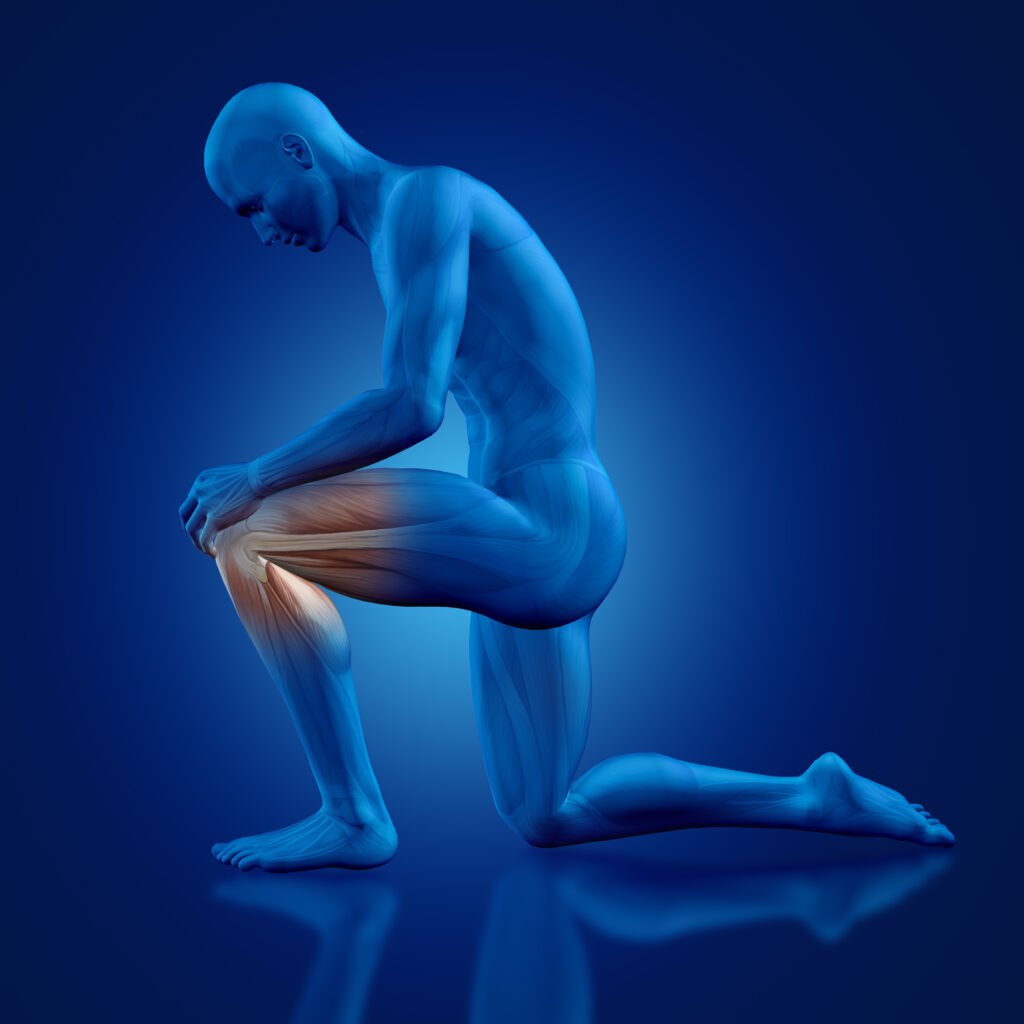Comprehensive Guide to Arthritis Treatment: Options for Managing Joint Pain and Improving Quality of Life

Introduction:
Arthritis is a common condition that affects the joints, causing pain, stiffness, and inflammation. While there is no cure for arthritis, various treatment options are available to manage symptoms, improve joint function, and enhance overall well-being. This comprehensive guide explores different approaches to arthritis treatment, empowering individuals to make informed decisions about their health.
1. Understanding Arthritis:
Arthritis encompasses a broad range of conditions, including osteoarthritis, rheumatoid arthritis, and psoriatic arthritis. Each type has unique characteristics, but they all share common symptoms such as joint pain, swelling, and reduced range of motion. Proper diagnosis is crucial for tailoring an effective treatment plan.
2. Medications for Arthritis:
Several medications can help manage arthritis symptoms. Nonsteroidal anti-inflammatory drugs (NSAIDs) are commonly prescribed to alleviate pain and reduce inflammation. Disease-modifying antirheumatic drugs (DMARDs) are used for autoimmune forms of arthritis to slow disease progression. Pain relievers and corticosteroids may also be recommended based on individual needs.
3. Physical Therapy and Exercise:
Physical therapy plays a vital role in arthritis treatment, aiming to improve joint flexibility, strengthen muscles, and enhance overall mobility. Customized exercise programs, including low-impact activities like swimming or walking, can help manage symptoms and prevent further joint damage.
4. Lifestyle Modifications:
Simple lifestyle changes can make a significant impact on arthritis management. Maintaining a healthy weight reduces stress on joints, while a balanced diet rich in anti-inflammatory foods, such as fruits, vegetables, and omega-3 fatty acids, can contribute to overall joint health.
5. Joint Injections:
For localized pain and inflammation, joint injections may be recommended. Corticosteroid injections directly into the affected joint can provide temporary relief, while hyaluronic acid injections aim to improve joint lubrication and reduce friction.
6. Assistive Devices:
Assistive devices, such as braces, splints, or canes, can help support and stabilize affected joints. These tools assist individuals in maintaining independence and reducing the strain on arthritic joints during daily activities.
7. Alternative Therapies:
Complementary and alternative therapies, including acupuncture, massage, and herbal supplements, are explored by some individuals as additional options for managing arthritis symptoms. It’s important to discuss these approaches with a healthcare professional to ensure their safety and effectiveness.
8. Surgical Interventions:
In cases of severe joint damage or persistent pain, surgical options may be considered. Joint replacement surgeries, such as hip or knee replacements, can significantly improve function and quality of life for individuals with advanced arthritis.
Conclusion:
Effective arthritis treatment involves a holistic approach that combines medical interventions, lifestyle modifications, and personalized care. Consulting with a healthcare professional is essential to develop a tailored treatment plan that addresses individual needs and maximizes joint health. By exploring various treatment options, individuals with arthritis can take proactive steps towards managing their condition and enjoying an active, fulfilling life.
